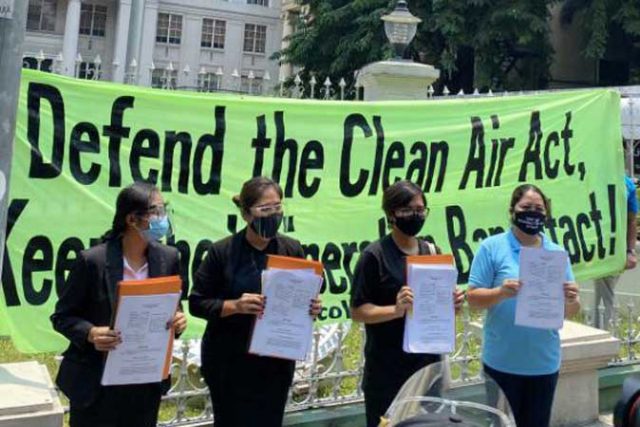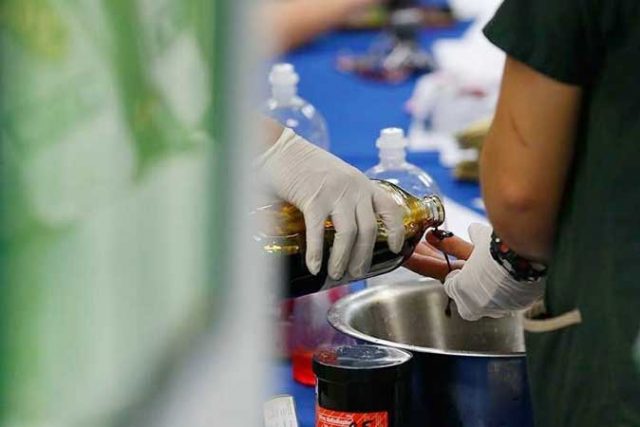Entertainment News (07/16/21)
Monthly Magazine Home on iQiyi
JUNG So Min and Kim Ji Suk reunite in the drama Monthly Magazine Home, streaming every Wednesday and Thursday at 8 p.m. on iQiyi & iQ.com. Jung So Min plays a veteran magazine editor who finds herself jobless after the publication closes down. Kim Ji Suk plays the magazine’s CEO who is also a real estate developer who kicked the editor out of her rented home.
Revenge story Sweet Girl on Netflix
AMERICAN action-drama thriller Sweet Girl follows Ray Cooper (Jason Momoa) who vows justice against a pharmaceutical company that pulled a potentially life-saving drug from the market just before his wife (Adria Arjona) dies from cancer. But when his search for the truth leads to a deadly encounter that puts Ray and his daughter Rachel (Isabela Merced) in harm’s way, Ray’s mission turns into a quest for vengeance in order to protect the only family he has left. Sweet Girl is directed by Brian Andrew Mendoza. It premieres Aug. 20 on Netflix.
OPM Fresh Songwriters Series EP out
JONA, Kyla, Bugoy Drilon, Liezel Garcia, Trisha Denise, and Maris Racal have given life to five original songs from an ABS-CBN employee songwriting competition that now comprise the new extended play (EP) record called OPM Fresh Songwriters Series Vol. 1. The company-wide employee contest, “Kapamilya Himig Handog,” a version of the country’s biggest songwriting competition “Himig Handog,” showcased the songwriting talents of employees Jane Abaday, Mark Marcos, Michelle Saubon, Christine Estabillo, and Mycah Borja through their respective entries “Kaya Pala,” “Sleep Tonight,” “Mahiwaga,” “Ikaw Na Lang Ang Kulang,” and “Stop Missing You.” Abaday’s entry, “Kaya Pala,” performed by Jona, was named Best Song. All five tracks were produced by ABS-CBN Music creative director Jonathan Manalo. OPM Fresh Songwriters Series Vol. 1 can be heard on music streaming platforms like Spotify, Apple Music, Deezer, Amazon Music, and more.
Tickets to Viu Original Still series available
STILL is an eight-episode musical narrative series about a group of aspiring artists who get stuck in a music camp during the first couple of months of the pandemic. Still is slated to be the first Filipino Viu Original musical narrative series, produced by Viu Philippines and This Side Up (Respeto, Apocalypse Child, and Kano: An American and His Harem), in collaboration with Arkeofilms, TheaterFansManila.com, Flip Music, and Black Box Collab. Viu is a leading pan-regional over-the-top (OTT) video streaming service that provides premium Asian content in different genres, from top content providers with local languages and subtitles. Palanca-award-winning playwright Pat Valera is the primary creator and showrunner, in collaboration with Giancarlo Abrahan and Nicco Manalo. The series is directed by Treb Monteras (Respeto) and produced by Monster Jimenez. The music and lyrics used in Still are by Nica Del Rosario (“Tala”), Matthew Chang (the musical Dekada ‘70), and Mike Shimamoto. The cast includes Julie Anne San Jose, Christian Bautista, Bituin Escalante, Gab Pangilinan, Gabby Padilla, Lance Reblando, and Abe Autea. Still will have a limited-time release on Ticket2Me before its scheduled showing on Viu. The Exclusive PreViu tickets will allow buyers to watch the episodes earlier and they will also enjoy a six-month Premium subscription to Viu Philippines and a digital Still chord book containing the songs from the Viu Original series. The Exclusive PreViu tickets are now on sale at https://bit.ly/ViuStillSeries.



















